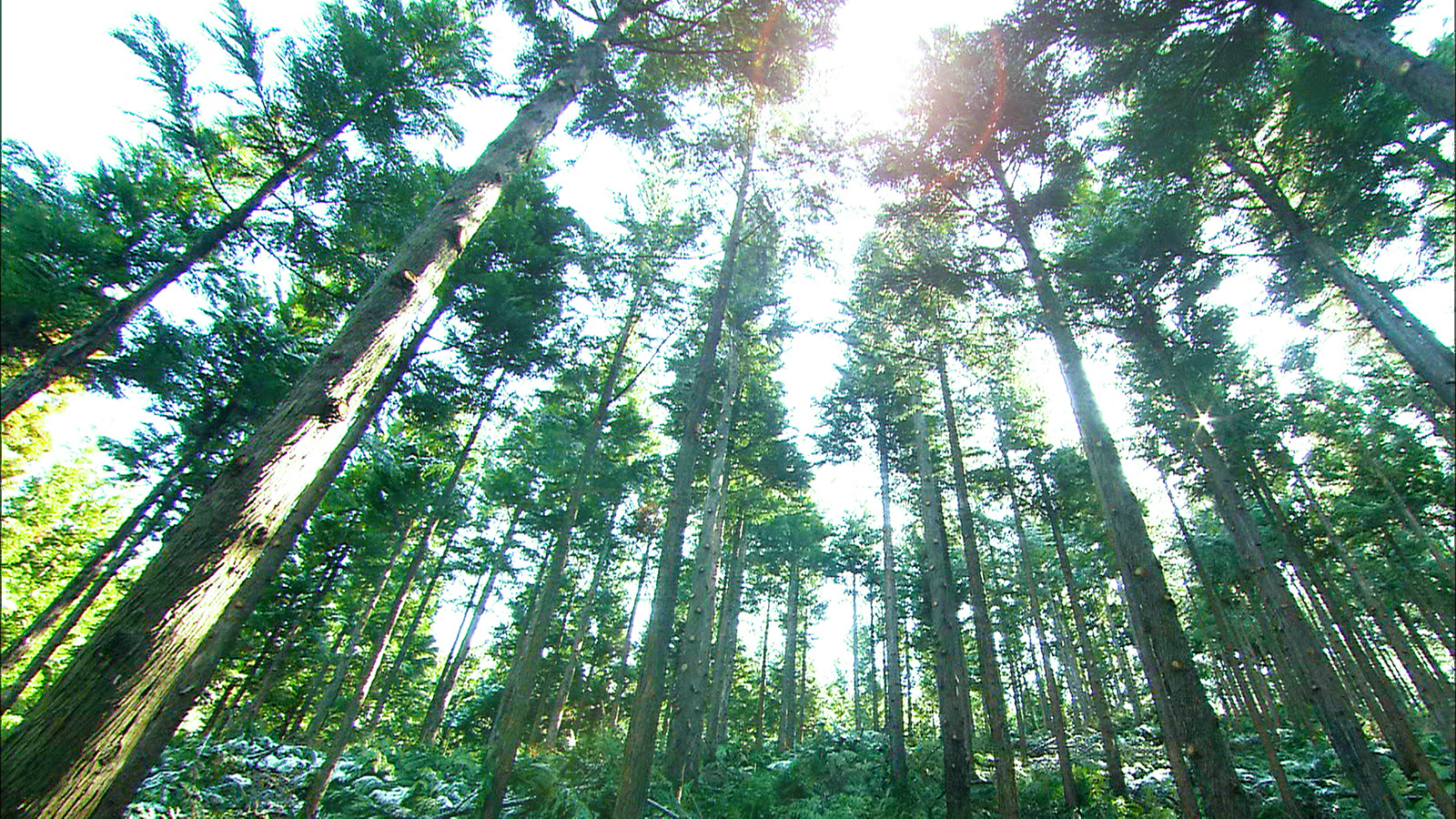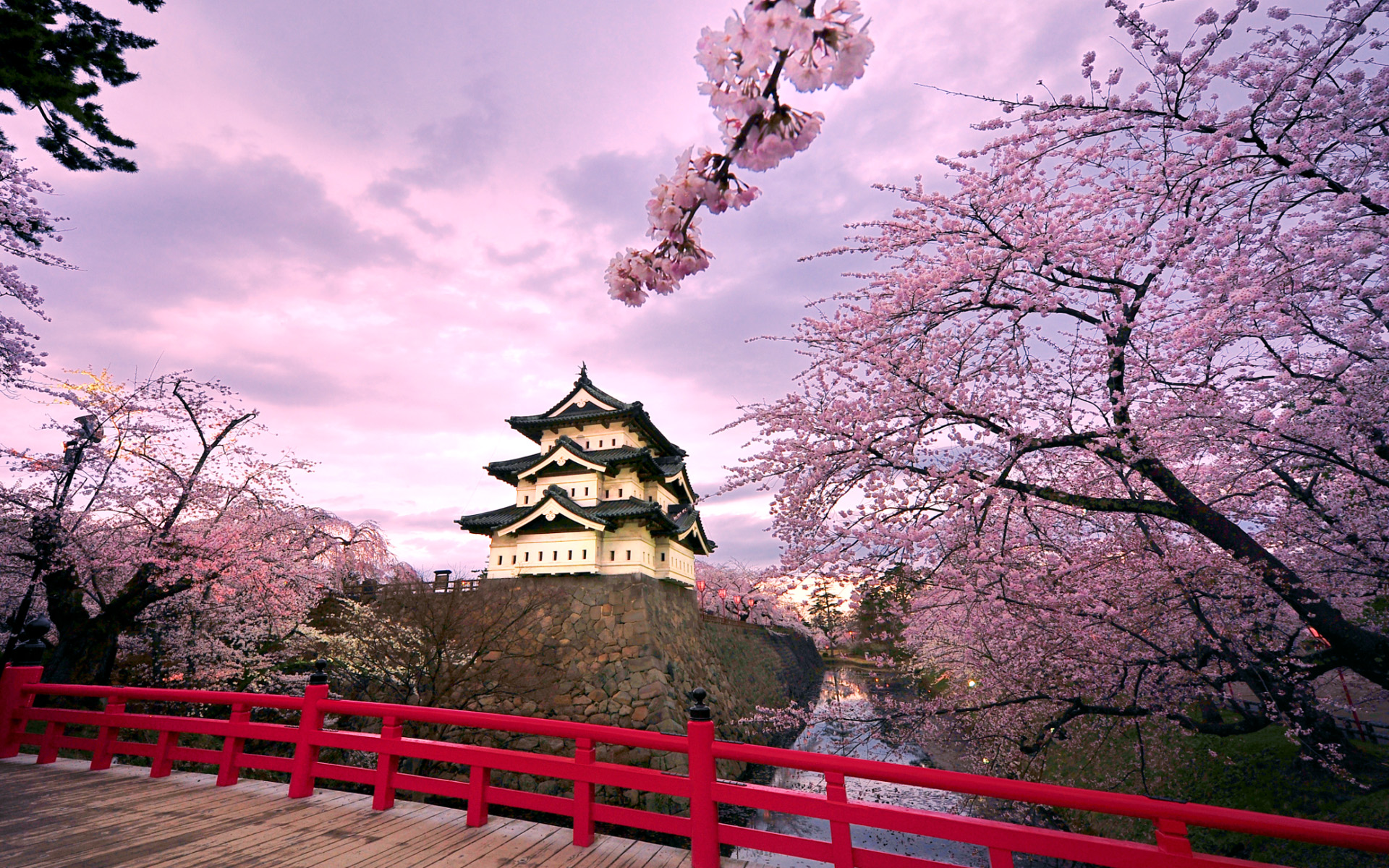Personality of the hiba cypress
It is called Hiba cypress or “arborvitae”, and refuses to co-exist with other trees.
Hiba is a tree native of Japan, additionally we can say that about 80% of the hiba trees are located in Japan, in the Aomori prefecture. Forests have an average age of 200-250 years, it is a tree that grows over the years slowly tempered by the harsh wind and snow of the northern japanese region. Together with hinoki and sugi pine, hiba is one of the three large trees of Japan and as a building material it is considered “first class” for its resistance to rot.
(above is a photo of 1000 year old hiba wood from the Sarugamori forest on the northern tip of aomori prefecture.)
Hiba is used in construction and together with hinoki it has the honor of being preferred for the construction of shinto shrines.
Hiba hard to rot quality is surprising compared to other trees: we can often find in the mountains leftovers of wood logged 100 years ago and the heatwood is in perfect conditions, it even maintains its fresh fragrance! Hiba is used in history many buildings Including Hirosaki Castle, this is also proves its resistance to rot in the humid japanese weather.
The reason of its resilience is its high content of hinokitiol (also known as Thujopsene).
This natural chemical compound in the family of terpenes and was first isolated in Taiwan hinoki: this is the reason for the name.
Actually, it is contained in very small amount in Taiwan hinoki, and even less in Japanese hinoki.
The plants that contain high value of hinokitiol (about 2% of the weight of the heartwood) are the Japanese Hiba cedar (Thujopsis dolabrata) and the Canary Islands Juniper (Juniperus cedrus)



Steven Aikenhead
2022年1月8日 at 7:02 AMSo nice to learn these things about that great Family of Trees /// We have some Thujopsis here in a few places in Ontario and Quebec, as a specimen garden species ..